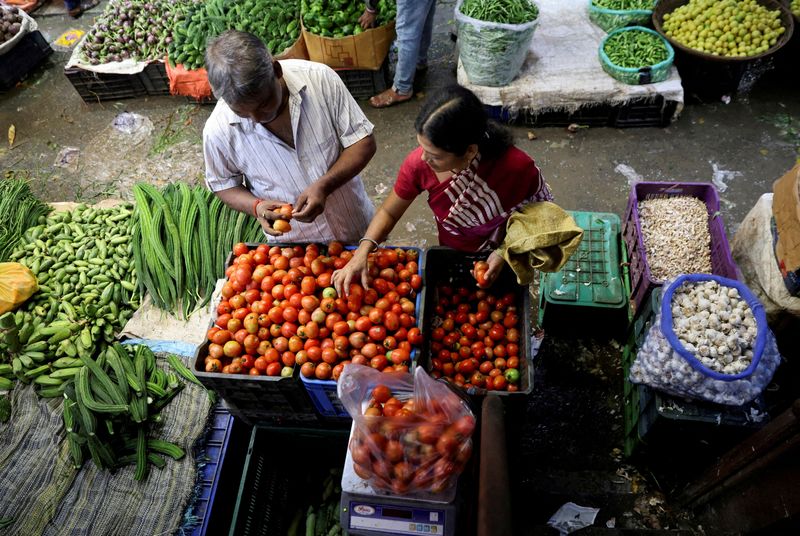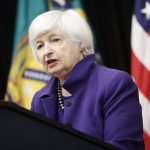
Investing.com — Food prices, while no longer rising as rapidly, is expected to remain at the higher level than past, and a meaningful decline may be unlikely, according to UBS analyst Paul Donovan.
Most of the cost consumers pay occur after food leaves the farm. For instance, in the UK, farmers recently received only about a third of the retail price for milk, with processed food margins being even smaller. This means any price declines would depend on cost reductions further down the supply chain.
One possible source of savings is labor costs. The adoption of self-service checkouts, for example, effectively reduces staffing expenses, as consumers “work for the retailer for free,” Donovan said.
Profit-led inflation, where companies expanded margins to drive price increases, has already plateaued. Analyst points out that U.S. retailers’ profit share of retail GDP grew from 12% in 2019 to 21% today. For prices to fall, retailers would need to actively reduce margins and pass those savings on to consumers.
Consumers may eventually accept current price levels as the new norm. Shoppers typically hold a “fair price” in mind for about 18 months before adjusting expectations. Over time, the perception of high prices fades, and the current price point becomes accepted.
While food inflation has eased, the structural costs behind food production and distribution make significant price declines challenging.






